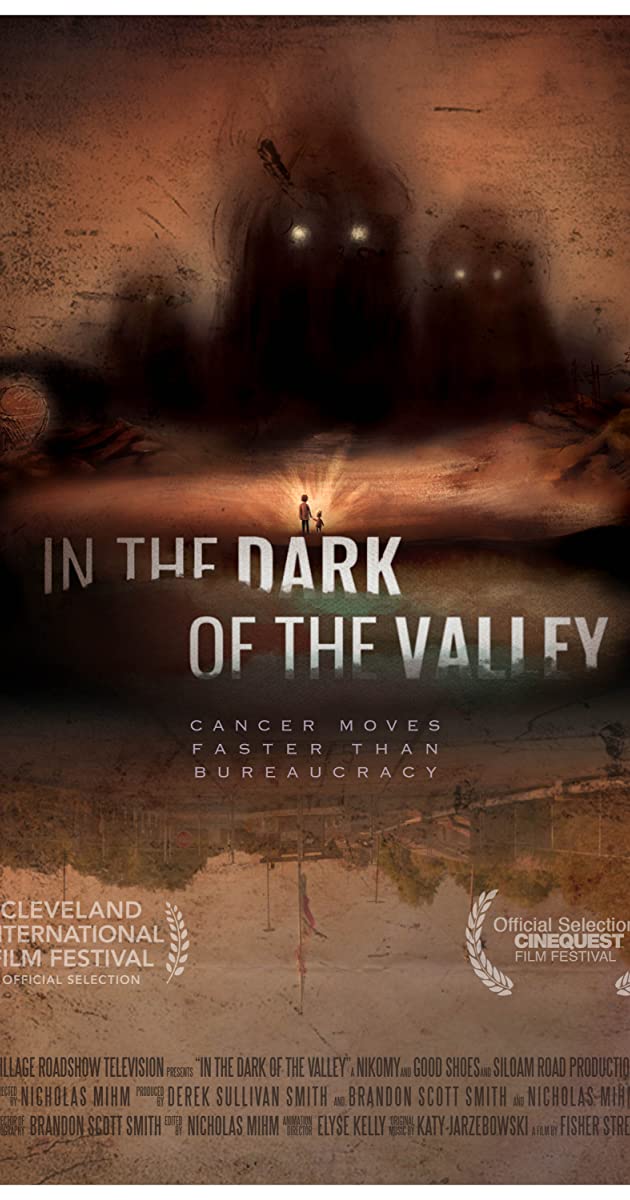
In 1959, an unconfined partial meltdown of a sodium reactor at the Santa Susana Field Lab caused such a devastating radiation leak, that many consider it to be the worst nuclear disaster in U.S. history. What intensifies the situation, is that it’s located just 30 miles from Downtown Los Angeles. For twenty years, this nuclear meltdown was concealed from the public eye; the resulting contamination never to be fully eradicated. Years of
subsequent investigations have uncovered a number of catastrophic accidents that occurred on the site as well as decades of improper handling of radioactive materials, including the practice of open air burn pits that spread clouds of radioactive waste across the surrounding valley. SSFL is now believed to be one of the most contaminated sites in the world.
You May Also Like
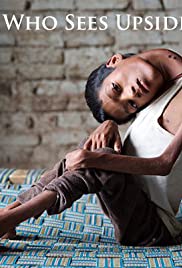
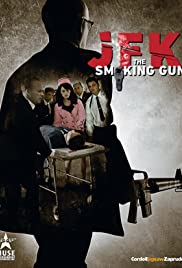
Seventy-five percent of the American people still refuse to believe the official story of President John F. Kennedy’s death. They do not think he was killed by a lone gunman but by a mysterious cabal that somehow conspired to have him killed. How can this be? How can a crime this famous, witnessed and investigated by so many, remain a mystery? This is what veteran Australian police detective Colin McLaren is determined to find out. JFK: The Smoking Gun follows the forensic cold-case investigation McLaren conducted over four painstaking years, taking us back to that tragic day in Dallas at Dealey Plaza where the shooting took place, to Parkland Hospital where the president was pronounced dead, to the Bethesda Naval Hospital where the autopsy was conducted and to the conclusions of the Warren Commission that have remained controversial to this day.
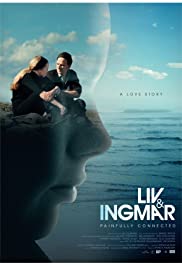
The 42 year long relationship between legendary actress Liv Ullmann and master filmmaker Ingmar Bergman.

BAFTA award-winning filmmaker Morgan Matthews was given unprecedented access to the behind-the-scenes of the final days of the final two Harry Potter films, Harry Potter and the Deathly Hallows 1 and 2. Hear the personal stories of the faces we know, and those we don’t, as we come to the end of one of the most successful eras in cinema history. Special feature on select editions of Deathly Hallows 1 & 2.
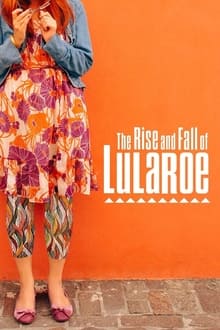
Unveils how the company LuLaRoe exploited the full power of social media and the psychological techniques used by multi-level marketers to onboard a massive pool of retailers.

In this documentary, experts dissect the Battle of Britain, which took place on Sept. 15, 1940 — a day that determined the fate of the nation.

Baseball is life for the die-hard competitors in Koshien, Japan’s national high school baseball championship, whose alumni include US baseball stars Shohei Ohtani and former Yankee Hideki Matsui. As popular as America’s World Series, the stakes are beyond high in this single-elimination tournament. For Coach Mizutani, cleaning the grounds and greeting guests are equally important as honing baseball skills, however, demonstrating discipline, sacrifice and unwavering dedication. Director Ema Ryan Yamazaki follows Mizutani and his team on their quest to win the 100th annual Koshien, and, in the process, goes beyond baseball to reveal the heart of the Japanese national character.
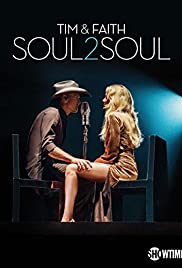
Includes live performances from Tim McGraw and Faith Hill’s 2017 Soul2Soul world tour, as well as an intimate look inside their relationship. Never before seen interviews are presented along side behind-the-scenes footage, capturing their chemistry on and off the stage. Directed and executive produced by the award-winning team of Dan Cutforth and Jane Lipsitz.
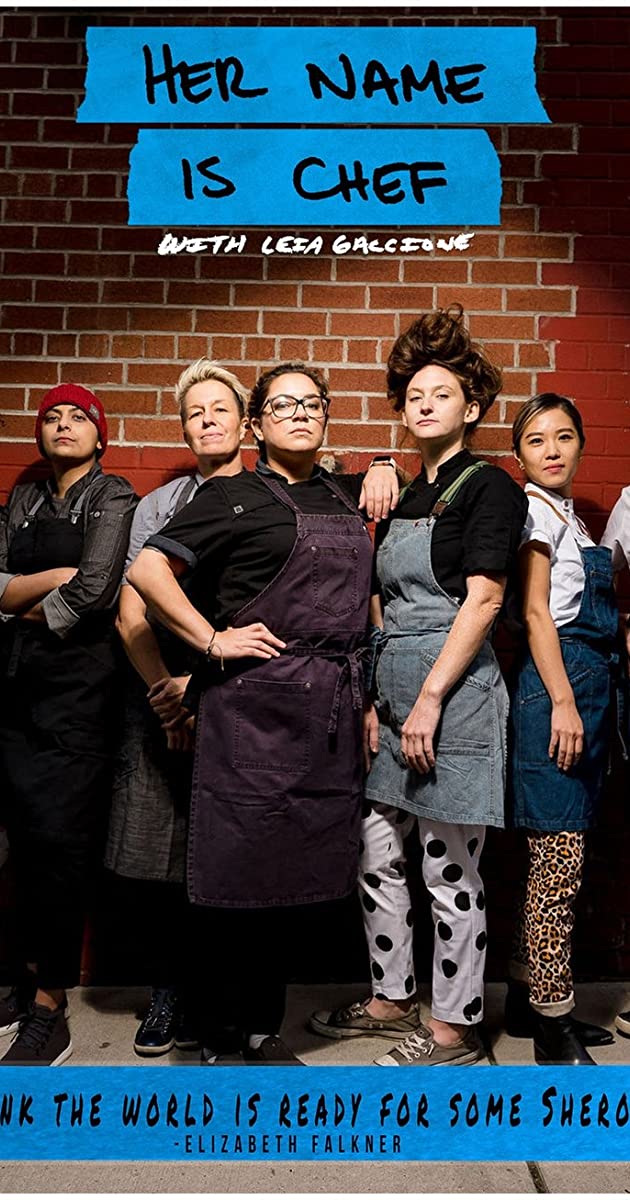
‘Her Name Is Chef’ is a documentary film by Pete Ferriero that spotlights six bad-ass, inspiring, sheroes of the kitchen. Each share their triumphs in cutting through the clichés of the restaurant industry, and explore how they broke down the doors to ‘earn’ the title of Chef. Host Leia Gaccione sits down with Elizabeth Falkner, Fatima Ali, Hillary Sterling, Esther Choi, Juliet Masters, and Caroline Schiff. They open up their hearts and minds to the world, leaving no stone unturned.

Filmmaker Stanley Nelson’s look back at the 40 years he spent summering at Oak Bluffs, a black-oriented resort community on Martha’s Vineyard.

In Morocco, unmarried women who become pregnant risk a prison sentence. They often don’t even dare to tell their families, for fear of exclusion and rejection. The Oum El Banine association in Agadir is there to support them, under the inspiring leadership of 62-year-old feminist Mahjouba Edbouche. She takes the girls and women under her wing, providing shelter, education, and legal assistance. To try and secure them a safe home, she also seeks ways for the young mothers to mend the relationships with their parents.
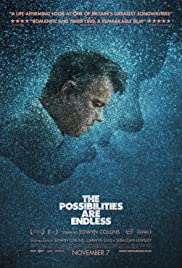
Scottish musician, Edwyn Collins’ world was shattered by a devastating stroke. After fighting back from the brink of death, he discovers that life, love and language mean even more to him that he could ever have imagined.